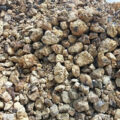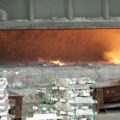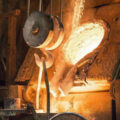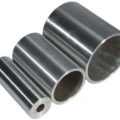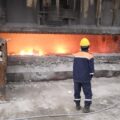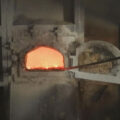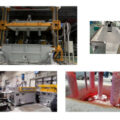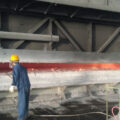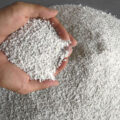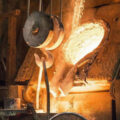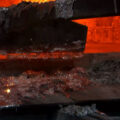Known deposits of bauxite can supply the world with aluminum for hundreds of years at present production levels. When high-grade bauxite deposits are depleted, substantial reserves of secondary ores will remain to be exploited: laterite deposits in the northwestern United States and Australia, anorthosite in the western United States, apatite and alunite in Europe, kaolinite in the southeastern United States. Other nonbauxite sources of alumina are also available: alumina clays, dawsonite, aluminous shales, igneous rocks, and saprolite and sillimanite minerals. In Russia, alumina is refined from nonbauxitic ores—namely nepheline syenite and alunite. Vast bauxite developments in Australia, Guinea, and Indonesia have tended to postpone interest in secondary ores elsewhere. They obtain the final high-quality aluminum products by extraction and refining aluminum.

Mining
By far the greatest quantity of commercially exploited bauxite lies at or near Earth’s surface. Consequently, it is mined in open pits requiring only a minimal removal of overburden. Bauxite beds are blasted loose and dug up with power shovel or dragline, and the ore is transported by truck, rail, or conveyor belt to a processing plant, where it is crushed for easier handling. Refining plants are located near mine sites, if possible, since transportation is a major item in bauxite costs.
Approximately 90 percent of all bauxite mined is refined into alumina, which is ultimately smelted into aluminum. The remaining 10 percent is used in other applications, such as abrasives, refractories, and proppants in the recovery of crude oil. Approximately four tons of high-grade bauxite yield two tons of alumina, from which one ton of aluminum is produced.
Extraction And Refining
The production of extraction and refining aluminum from bauxite is a two-step process: refining bauxite to obtain alumina and smelting alumina to produce aluminum. Bauxite contains a number of impurities, including iron oxide, silica, and titania. If these impurities are not removed during refining, they will alloy with and contaminate the metal during the smelting process. The ore, therefore, must be treated to eliminate these impurities. Purified alumina usually contains 0.5 to 1 percent water, 0.3 to 0.5 percent soda, and less than 0.1 percent other oxides. The Bayer process, with various modifications, is the most widely used method for the production of alumina, and all aluminum is produced from alumina using the Hall-Héroult electrolytic process.
Refining the ore
There are a number of alkaline, acid, and thermal methods of refining bauxite, clay, or other ores to obtain alumina. Acid and electrothermal processes generally are either too expensive or do not produce alumina of sufficient purity for commercial use. A process that involves treatment of ore with lime and soda is used in China and Russia.

